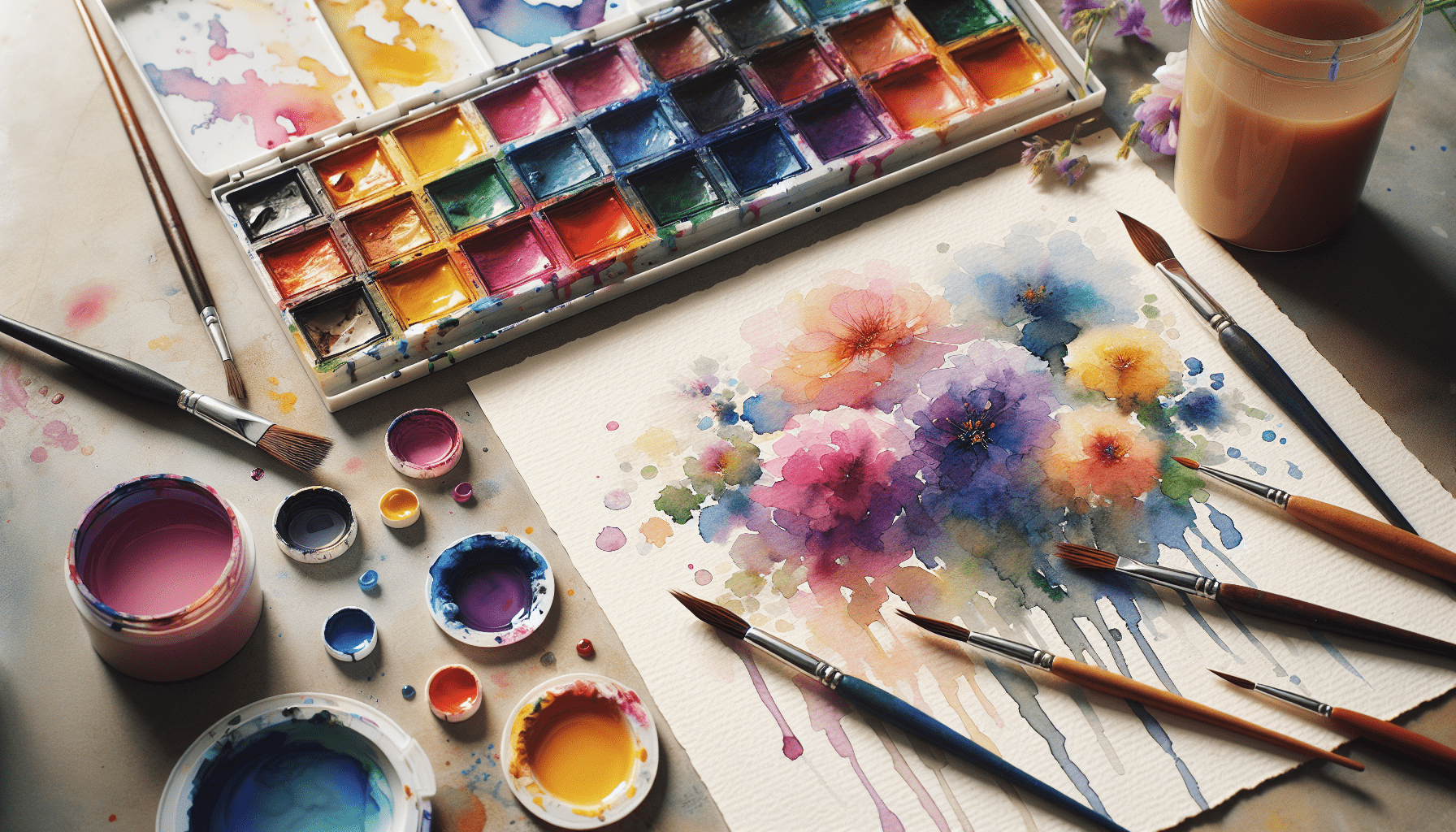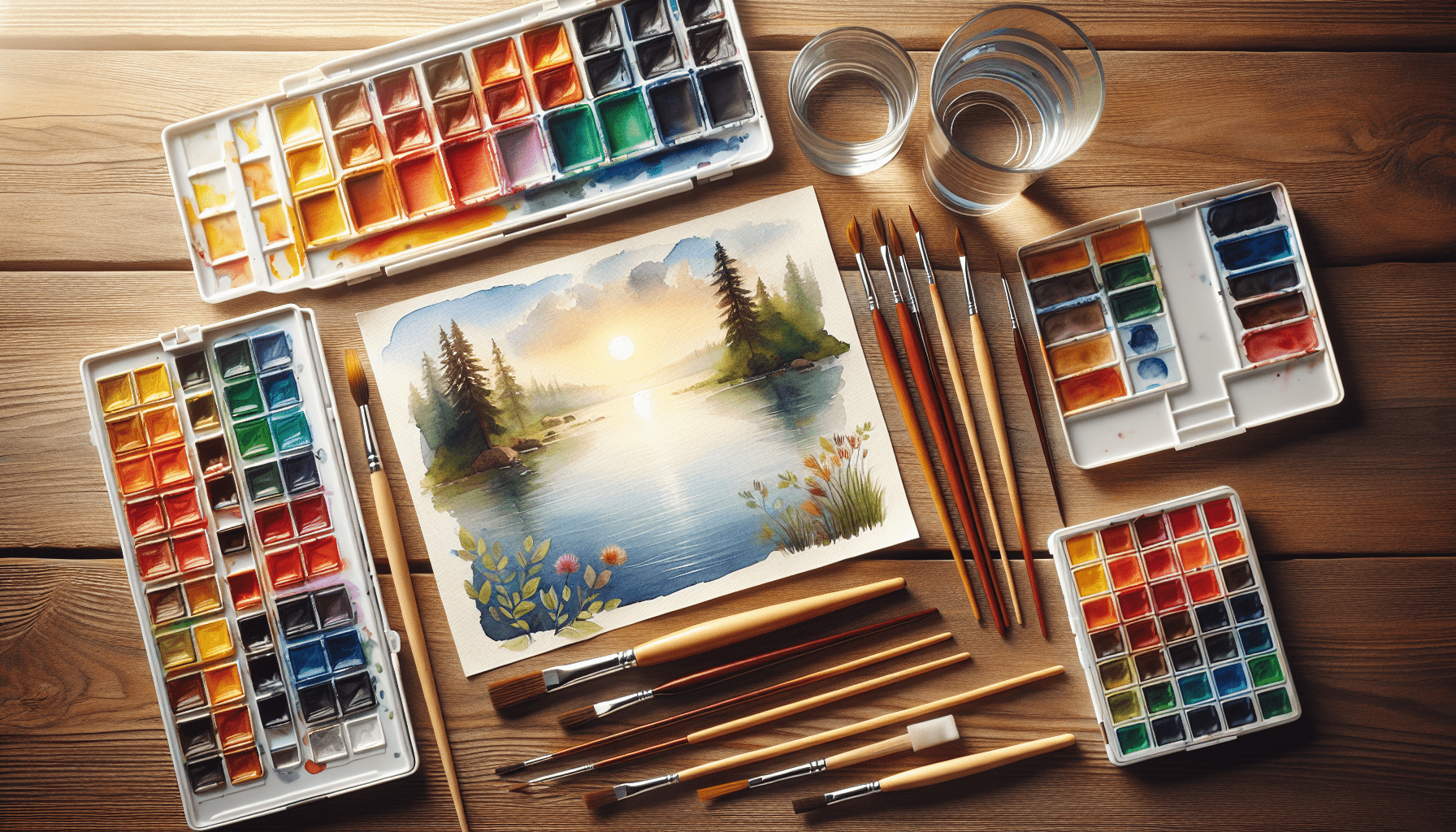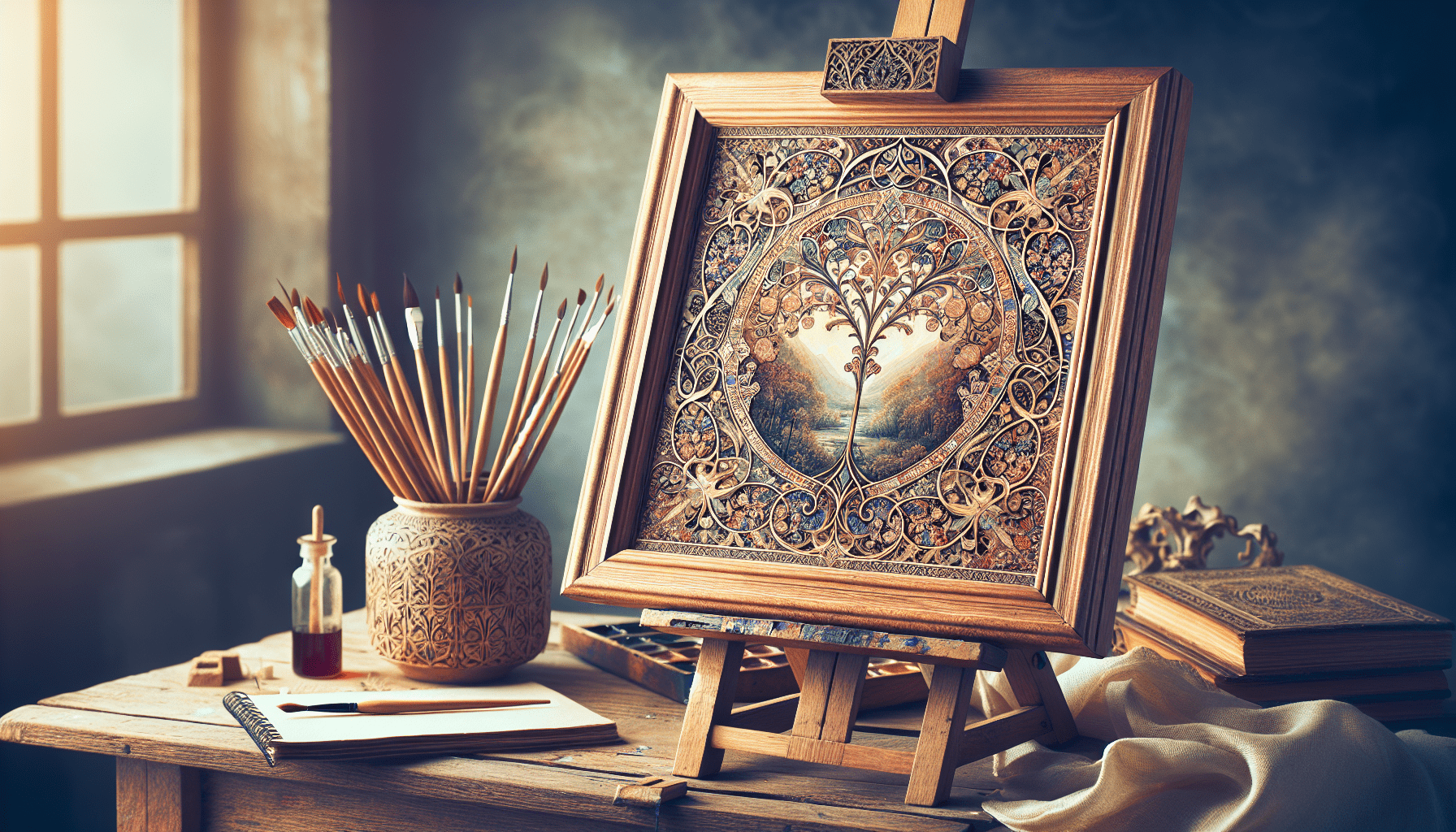Watercolor painting is a versatile and dynamic art form that involves the application of water-soluble pigments to paper or other substrates. Esteemed for its ability to convey a wide spectrum of tonal variations and expressive qualities, watercolor painting often entails techniques ranging from delicate washes to vibrant layering. This medium, celebrated for its transparency and fluidity, demands a keen understanding of color mixing, surface tension, and the interaction between pigment and water. “What Is A Watercolor Painting” delves into the intricacies and fundamentals of this artistic discipline, offering insights into its history, techniques, and the unique qualities that differentiate it from other painting mediums. Have you ever wondered what exactly a watercolor painting is and why it’s so captivating? Watercolor painting has enchanted viewers and artists alike with its vibrant colors and ethereal qualities. Whether you’re an aspiring artist or simply an art enthusiast, understanding watercolor painting can enrich your appreciation for this versatile medium.
What Is A Watercolor Painting?
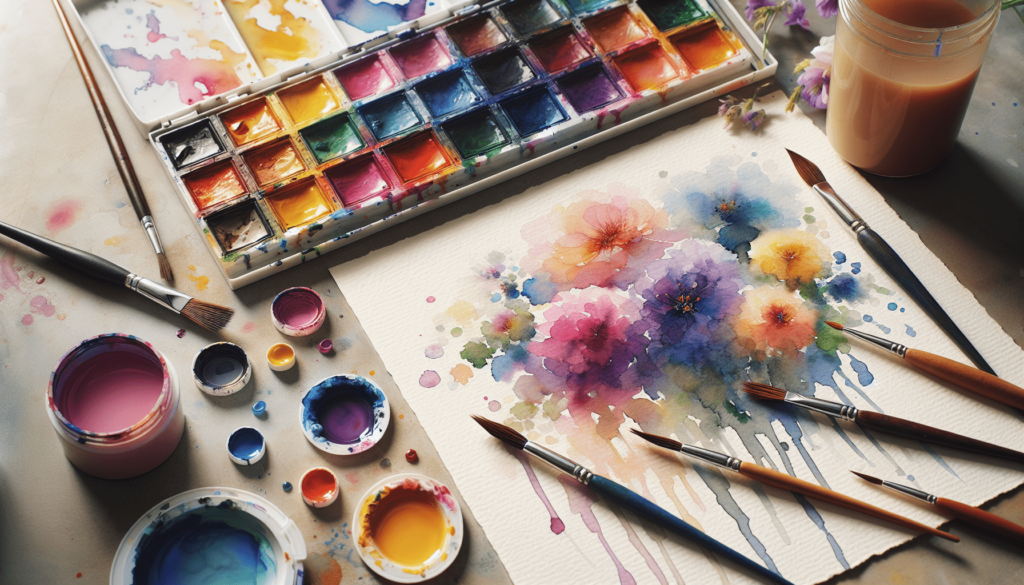
The Basics of Watercolor Painting
Watercolor painting primarily uses water-soluble pigments mixed with a binder, usually gum arabic. The pigments are thinned with water to create a range of transparency, from sheer washes to saturated colors. This results in a unique luminosity and fluid appearance that is difficult to achieve with other painting mediums.
Historical Context
Watercolor painting has a long and rich history, dating back to ancient civilizations such as Egypt and the Far East. However, it gained significant prominence during the European Renaissance. Notable artists like Albrecht Dürer helped elevate watercolor to an esteemed art form, focusing on its detail and translucency.
Medium and Materials
The fundamental materials for watercolor painting include watercolors, paper, brushes, and water. Each of these components plays a crucial role in the final output.
| Material | Description |
|---|---|
| Watercolors | These are comprised of pigments suspended in a water-soluble binder, commonly gum arabic. They are available in tubes or pans. |
| Paper | Watercolor paper is specially designed to handle the water content and maintain the integrity of the pigments. Typically, it’s made from cotton for better absorbency. |
| Brushes | Brushes for watercolor are generally made with softer bristles to hold more water. They come in various shapes and sizes for different techniques. |
| Water | Water is used both to dilute the pigments and to clean the brushes. The amount of water added can vastly change the outcome of the painting. |
Techniques
There are numerous techniques specific to watercolor painting, such as wet-in-wet, dry brushing, and wet-on-dry. Mastering these techniques can dramatically influence the visual effects and richness of your artwork.
Wet-in-Wet Technique
This involves applying wet paint onto a wet surface, allowing colors to blend and spread organically. This technique is ideal for creating soft edges and gradients.
Dry Brushing
Dry brushing involves using a relatively dry brush loaded with paint to create a scratchy, textured effect. This can be useful for adding fine details or elements like grass and fur.
Wet-on-Dry
This technique entails painting wet pigments onto a dry surface, thus achieving more control and finer details. It’s ideal for layered paintings where precision is key.
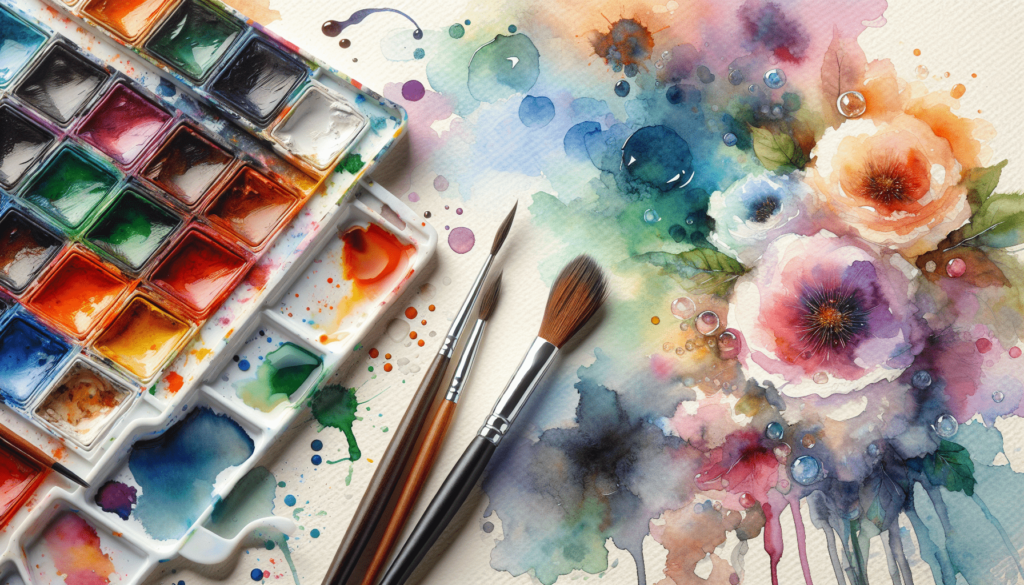
Pros and Cons of Watercolor Painting
Like any medium, watercolor painting has its own set of advantages and disadvantages. Understanding these can help determine whether this is the medium for you.
| Pros | Cons |
|---|---|
| Offers a translucent, luminous quality | Difficult to correct mistakes |
| Quick drying time | Requires a high level of skill |
| Highly portable | Prone to fading if not preserved properly |
| Versatile application methods | Can be less vivid compared to oils or acrylics |
Preservation and Framing
Ensuring the longevity of a watercolor painting involves proper preservation methods. Watercolors are susceptible to fading when exposed to light. Consequently, they should be framed under UV-protective glass and displayed away from direct sunlight. Additionally, archival-quality materials can help in preserving the vibrancy and integrity of the painting over time.
Famous Watercolor Artists
Many artists have made significant contributions to the world of watercolor painting. Understanding their work can offer you inspiration and valuable lessons.
John Singer Sargent
Known for his masterful use of light and color, John Singer Sargent’s watercolors are a testament to the medium’s potential for capturing the essence of a subject with fluid strokes and vibrant hues.
Winslow Homer
Winslow Homer transformed watercolor into a respected medium through his captivating seascapes and depictions of American life. His works are characterized by lively brushwork and bold color choices.
Modern Uses of Watercolor
Watercolor painting is not just confined to traditional landscapes and portraits. In contemporary art, it’s utilized in various formats, from abstract works to mixed media.
Illustration and Design
Watercolors are popular in illustration and graphic design due to their versatility and the ease with which they can be digitized. Artists often use watercolors to create whimsical and dreamy visuals in books, advertisements, and online content.
Fine Art
Many modern fine artists prefer watercolors for their unique aesthetic and the immediacy of the medium. The spontaneity and unpredictability of watercolor can yield surprising and delightful results, which appeal to both artists and collectors.
Getting Started with Watercolor Painting
If you’re inspired to start your journey with watercolor painting, here are some essential tips to help you get started.
Beginner Supplies
Begin with a basic set of high-quality watercolors, a few good brushes, and watercolor paper. As you become more advanced, you can expand your toolkit to include specialty brushes, masking fluids, and other auxiliaries.
Practice and Patience
Watercolor painting requires a balance of control and spontaneity. Spend time practicing different techniques and understand how the paint interacts with water and paper. Patience is key; mastering watercolor is a gradual process.
Teaching and Learning Resources
Numerous resources are available for learning watercolor painting, from online courses to workshops. Books and tutorials by established watercolorists can provide valuable insights and techniques.
Common Challenges and How to Overcome Them
Watercolor painting presents some unique challenges, such as controlling water-to-pigment ratio and correcting mistakes. However, approaches like practice, using quality materials, and studying under experienced artists can help you overcome these obstacles.
Controlling Water-to-Pigment Ratio
Balancing water and pigment is fundamental in watercolor painting. Start with less water and add more gradually to understand its impact on the color and texture.
Making Corrections
While watercolor is less forgiving than other mediums, some mistakes can be corrected or incorporated creatively. Techniques such as lifting out paint with a dry brush or blotting with a tissue can help manage errors.
Conclusion
Watercolor painting is an art form that offers unparalleled translucency and fluidity. From its historical roots to modern applications, it continues to captivate and inspire. By understanding the materials, techniques, and nuances of this versatile medium, you can fully appreciate its beauty and perhaps even create your own watercolor masterpieces. Whether you’re a beginner or a seasoned artist, watercolor painting offers a unique and rewarding artistic journey.
